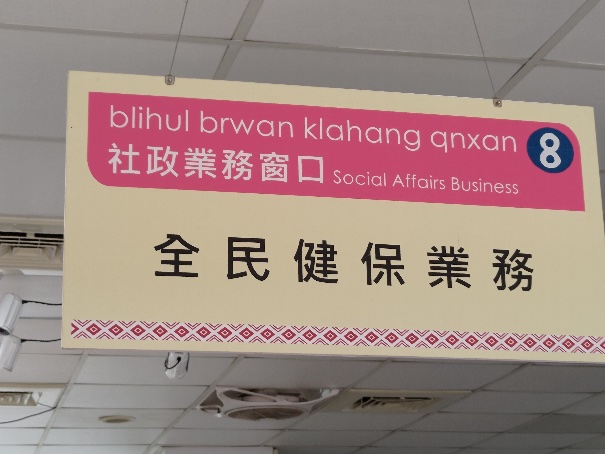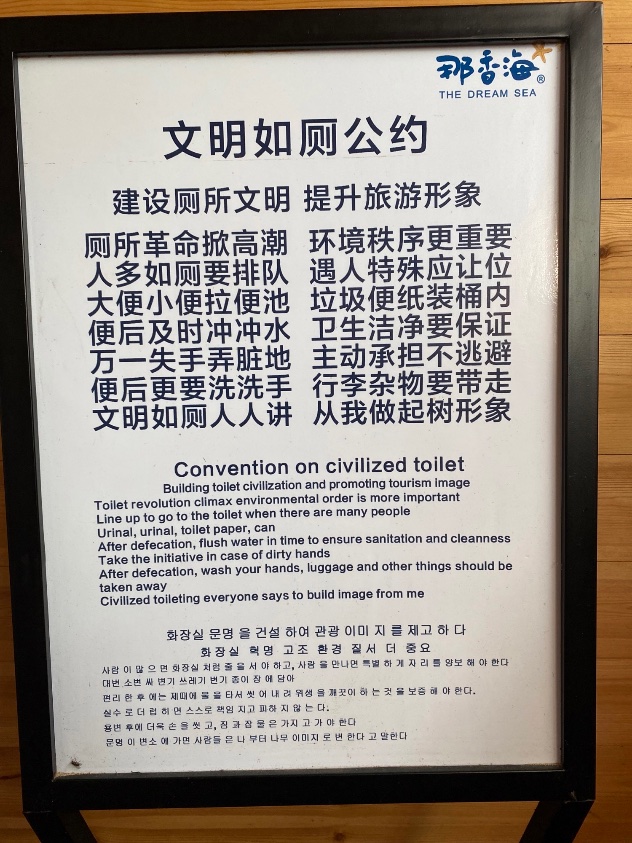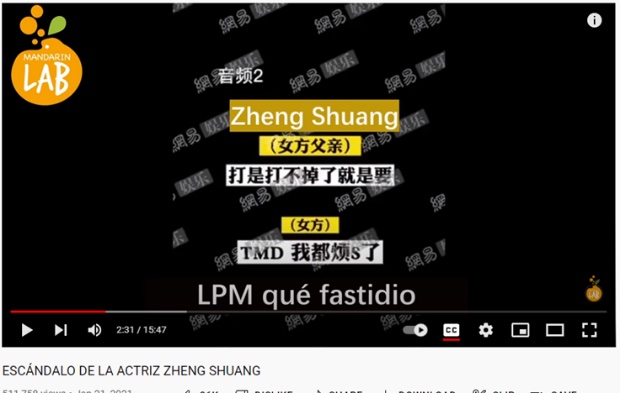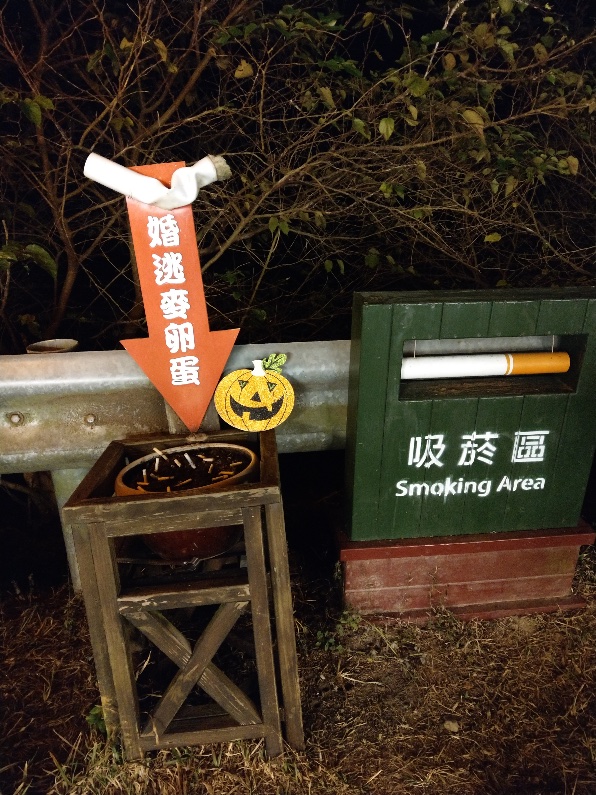Archive for Multilingualism
Trilingual Shandong beach toilet civilization
Since these signs are rather long and in three languages, I will not apply the customary Language Log treatment of Romanization, transcription, and complete translation, but you should be able to get a good idea of what they are all about nonetheless.
Read the rest of this entry »
Translation of multiple languages in a single novel
New York Times book review by Sophie Pinkham (6/21/22):
The Thorny Politics of Translating a Belarusian Novel
How did the translators of “Alindarka’s Children,” by Alhierd Bacharevic, preserve the power dynamics between the book’s original languages?
A prickly dilemma for a translator if ever there were one. Faced with a novel that is written in more than one language, how does one convey to the reader the existence and essence of those multiple languages? Because of the linguistic intricacies posed by the original novel and the complicated solutions to them devised by the translators, which are described in considerable detail and critically assessed by Pinkham, I will quote lengthy passages from the review (which may not be readily available to many Language Log readers), focusing almost entirely on language and translation issues.
Every bilingual country is bilingual in its own way. The principal languages in Belarus, which was part of the Russian Empire and then the Soviet Union, and which remains in Russia’s grip, are Russian and Belarusian. Russian is the language of power, cities and empire; Belarusian is the language of the countryside, the home, the nation. In neighboring Ukraine, whose history in some ways resembles that of Belarus, Ukrainian is now the primary language. Belarusian, meanwhile, is classified by UNESCO as “vulnerable.”
Translators of novels written for bilingual readers thus face a daunting challenge: how to transplant a text clinging fast to its country of origin while preserving the threads of history and power between its original languages.
Read the rest of this entry »
TMD and LPM: a tale of five 'mothers'
[This is a guest post by Conal Boyce]
A tale of five mothers, two of whom got rich, one of whom became infamous,
and two of whom were to meet each other later in the bilingual alphabet soup shown below.
(Suitable for playing "This little piggy went to market, and this little piggy…"?)
Read the rest of this entry »
Permalink Comments off
New official night market sign with Taiwanese
The Shalu district of Taichung (Taizhong) is opening a new night market:
Read the rest of this entry »
Multilingual Korean TV drama
New article by Sophie-Ha, posted on allkpop (news.naver.com) yesterday:
We often talk about topolects and dialects of Sinitic, but seldom do so for Korean. We can get some idea of what the situation is like by reading sections of Sophie-Ha's article:
Various languages appear in the Apple TV+ original drama 'Pachinko' as the main characters are immigrant families who left their homeland during the Japanese colonial period and went through various countries. Korean, Japanese, and English are all used in one story, as well as different dialects of these languages. The Busan and Jeju dialects were used in the Korean language, and the dialect used by Korean-Japanese immigrants was also refined by seeking advice from Korean-Japanese individuals.
Read the rest of this entry »
Multilingual China
That's the title of a new book from Routledge edited by Bob Adamson and Anwei Feng: Multilingual China: National, Minority and Foreign Languages (2022).
China is often touted as a nation of linguistic uniformity, when nothing could be further from the truth. This book is testimony to the astonishing variety of the languages and topolects spoken in the People's Republic of China.
Multilingual China explores the dynamics of multilingualism in one of the most multilingual countries in the world. This edited collection comprises frontline empirical research into a range of important issues that arise from the presence of 55 official ethnic minority groups, plus China’s search to modernize and strengthen the nation’s place in the world order.
Topics focus on the dynamics of national, ethnic minority and foreign languages in use, policy making and education, inside China and beyond. Micro-studies of language contact and variation are included, as are chapters dealing with multilingual media and linguistic landscapes. The book highlights tensions such as threats to the sustainability of weak languages and dialects, the role and status of foreign languages (especially English) and how Chinese can be presented as a viable regional or international language.
Multilingual China will appeal to academics and researchers working in multilingualism and multilingual education, as well as sinologists keen to examine the interplay of languages in this complex multilingual context.
Read the rest of this entry »
Another multilingual, multiscriptal sign in Taiwan
Mark Swofford sent in this photograph of a clever, curious sign at an automobile repair shop in Taiwan:
Read the rest of this entry »
Chicken hegemon
From Mark Swofford:
The back of a restaurant stand going up in front of the Banqiao train station as part of a temporary market for the Christmas season.
Read the rest of this entry »
Diametrically opposed language policies
On one side of the Taiwan Strait, yesterday the PRC announced its draconian language policy for the coming decades:
"Important new policies on language and script in the PRC" (11/30/21)
Meanwhile, on the other side, Taiwan proclaimed a very different aspiration:
"2030 bilingual policy to help Taiwan connect with the world: NDC head", Focus Taiwan (12/1/21)
The policies are nothing new for either side, simply an intensification of their goals in recent years, the PRC more toward language standardization and monolingualism, and Taiwan more toward linguistic diversification and multilingualism.
Read the rest of this entry »
Translanguaging again
(This morning's post offers a bit of mostly-lexicographical follow-up to "Translanguaging", 5/4/2018…)
The verb "to translanguage", glossed by Wiktionary as "To make use of multiple languages in a single discourse", apparently emerged several decades ago in discussion of language policy and education in Wales, and has been widely used since then, both as a verb and a noun, in publications on language instruction. A separate coinage seems to have occurred in naming "The Translanguage English Database", documented in this 1994 paper and published in 2002 by the LDC and ELRA. (My memory is that this collection was originally referred to as "The Terrible English Database", with the name later changed to preserve the TED acronym while avoiding the offensively evaluative adjective…)
The participle "translanguaging", which Wiktionary glosses somewhat oddly in its nominal form as "The dynamic process whereby multilingual language users mediate complex social and cognitive activities through strategic employment of multiple semiotic resources to act, to know, and to be", seems to have become even commoner in the literature indexed by Google Scholar.
Despite their relatively widespread usage, neither of these words has had its (metaphorical) "Word Induction Ceremony", at either the Oxford English Dictionary or Merriam-Webster.
Read the rest of this entry »
Speaking Taiwanese as a Second Language in Taiwan
Provocative Twitter thread:
https://twitter.com/catielila/status/1442747744645386241?s=19
Read the rest of this entry »






